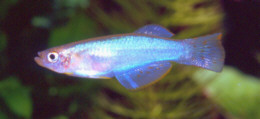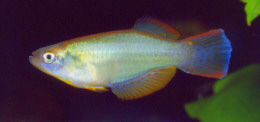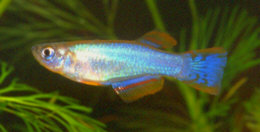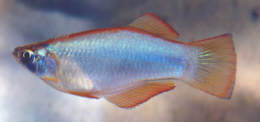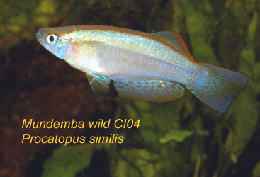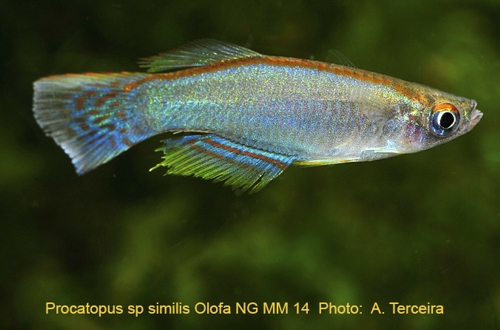Procatopus similis Ahl 1927
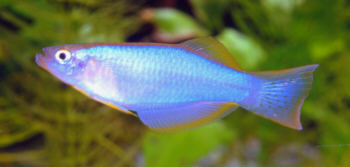
Kumba, Cameroon. Photo: Courtesy of Ed Pürzl
| Meaning of Name | ||||||||||||||||
| First Description |
Ahl E. 1927 Journal. Sber. Ges. naturf. Berl. 1927. a. pp 76-81. |
|||||||||||||||
| Size | ||||||||||||||||
| Meristics |
D = 10-12, A = 16-19. ll = 29-30. |
|||||||||||||||
| Karyotype | ||||||||||||||||
| Sub-Genus | ||||||||||||||||
| Group | ||||||||||||||||
| Synonyms |
|
|||||||||||||||
Populations
|
From a small stream near a village called OLOFA,
along Isiwo road, near the ancient Ijebu Ode town in Gottfried Marschitz allowed me to put these
photos on the website of Procatopus
he collected in Cameron in 1995.
|
|||||||||||||||
| Type Locality |
Logobaba, eastern side of the Wouri Delta. |
|||||||||||||||
| Distribution |
|
|||||||||||||||
| Habitat |
Trewavas reported them coming from running water & feeding on surface insects & insects from the floor of the habitat. P.sp.Yabassi was collected by Paul Blowers. He observed that a lot of Procatopus are found just down stream of where the locals process the sago trees, pounding the pith in the river shallows with the fish feeding on the debris. Apparantly these were so abundant that they couldn't lift the net from the water. |
|||||||||||||||
| Distinguishing Characteristics | Scheel, in ROTOW 1 makes reference to Procatopus cf. similis from just north of the junction of the roads to Yabassi - Douala - Edea towards Yabassi & 17, 26 & 51 km further along this road. In these localities fin colours in males varied but were constant within a single location. This area is flat with rainforest (1968). | |||||||||||||||
| Colour/Pattern Variability | ||||||||||||||||
| History |
The British Museum of Natural History holds 56 specimens collected in an inlet stream to Lake Barombi Mbo, from Kumba river & its tributary the Mpanga. These are in the Mungo river drainage. Also from the Billé river in the Meme river drainage. First reported import to the BKA was from David Blair on the 8th August 1970. They were imported under the name P.glaucicaudis. |
|||||||||||||||
| Breeding Notes |
P.sp.Yabassi produced many belly sliders. The best method of producing healthy fry was found to be by aerating the container where the eggs are stored. |
|||||||||||||||
| Diameter of Egg | ||||||||||||||||
| Remarks |
|
